In the News
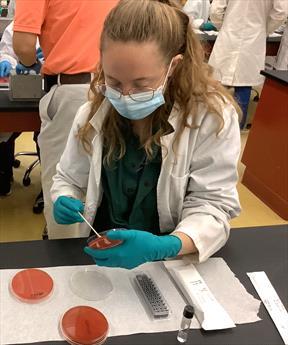
October 07, 2024
Growing pressures on the environment are increasing needs and work opportunities for veterinarians in wildlife conservation. A gift of $35 million received by the Cornell University College of Veterinary Medicine — the largest in the school's history — will help fund activities of its wildlife health center into the future.
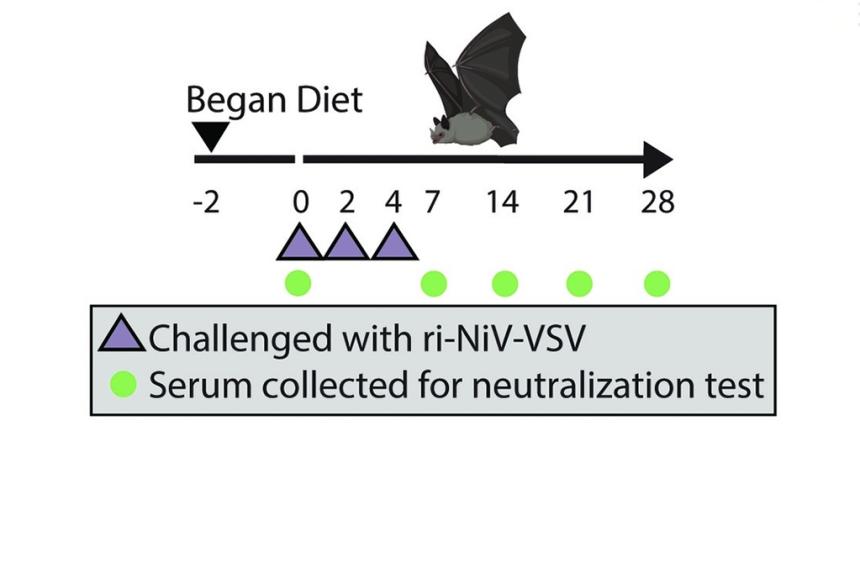
For Your Information
October 04, 2024
Fruit bats generate more diverse antibodies than mice, but overall have a weaker antibody response, according to a new study published by Cornell researchers.
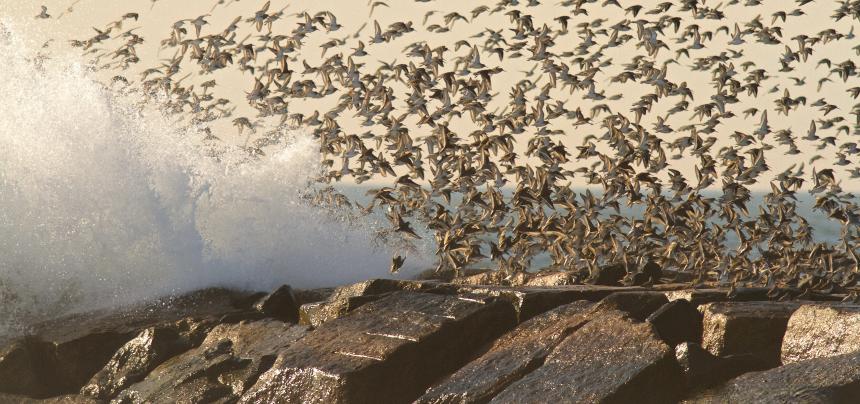
October 01, 2024
Cornell's Migrations initiative is stepping into a new phase as the Migrations Program, part of the Mario Einaudi Center for International Studies, with CVM's Dr. Kathryn Fiorella joining as the program director.
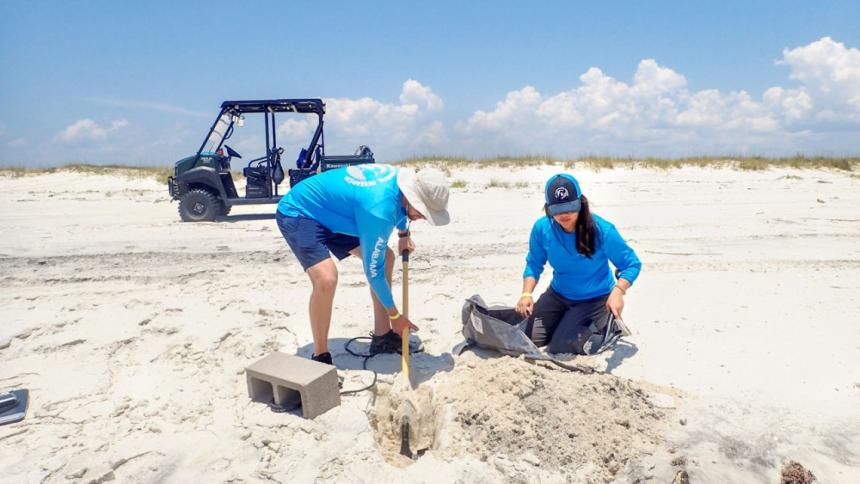
September 27, 2024
Better surveillance of marine mammals that wash up on beaches and in marshes will provide more accurate estimates of how many individuals of many species are dying and the causes of those deaths, according to a new study co-authored by Cornell's Dr. Jennifer Bloodgood.
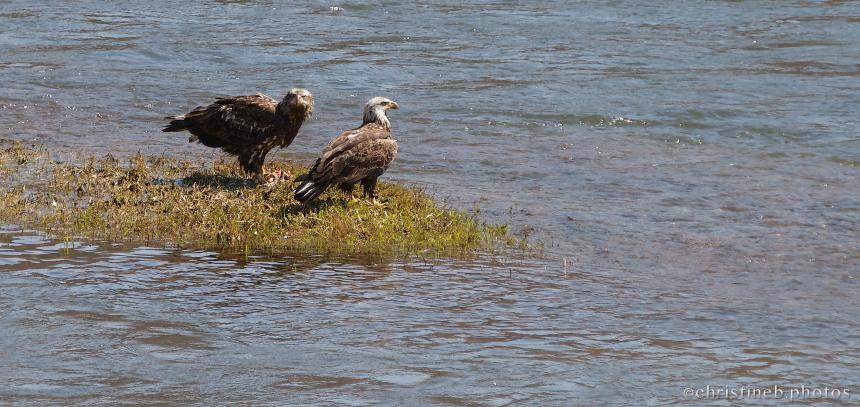
September 23, 2024
A new study from Cornell researchers finds that among more than 30 species of birds and mammals known to scavenge deer carcasses in New York state, bald eagles are the most vulnerable to lead poisoning from hunters’ ammunition and best bioindicator for ongoing monitoring of the hazard.
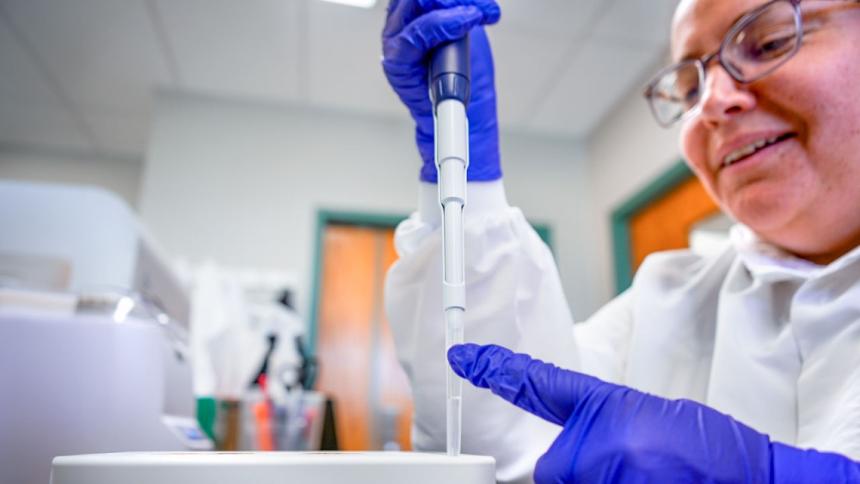
September 19, 2024
A new study from Cornell College of Veterinary Medicine researchers finds the first genetic evidence of feline coronavirus transmission between a captive wild and a domestic cat.

Announcement
September 17, 2024
After an international search, Carmen R. Smith ’17, DVM ’21, has been selected as the inaugural Cornell K. Lisa Yang Center for Wildlife Health Free-Ranging Wildlife Pathology Fellow, who will focus on unraveling the causes and conditions responsible for unexplained wildlife mortality events around the world.
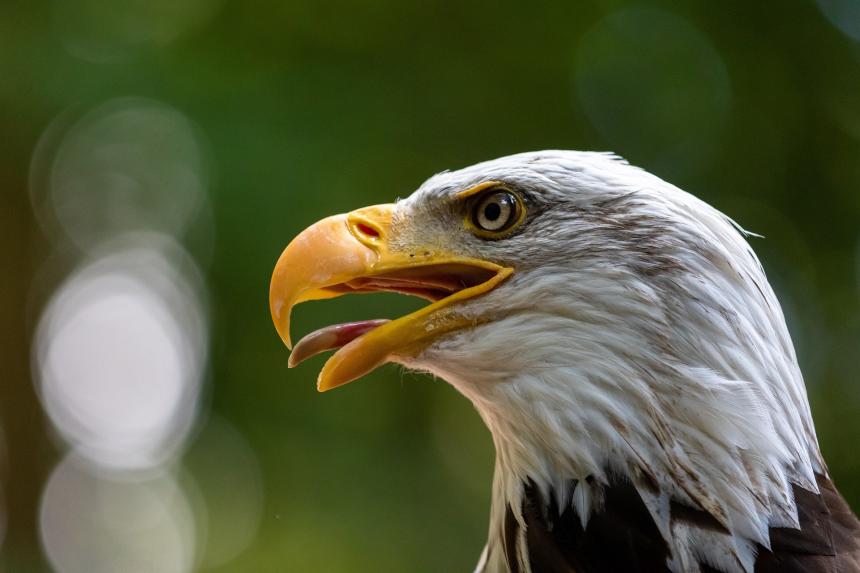
September 14, 2024
New York state is expanding a multi-year study of how increased use of non-lead ammunition for deer hunting can improve the survival of bald and golden eagles.
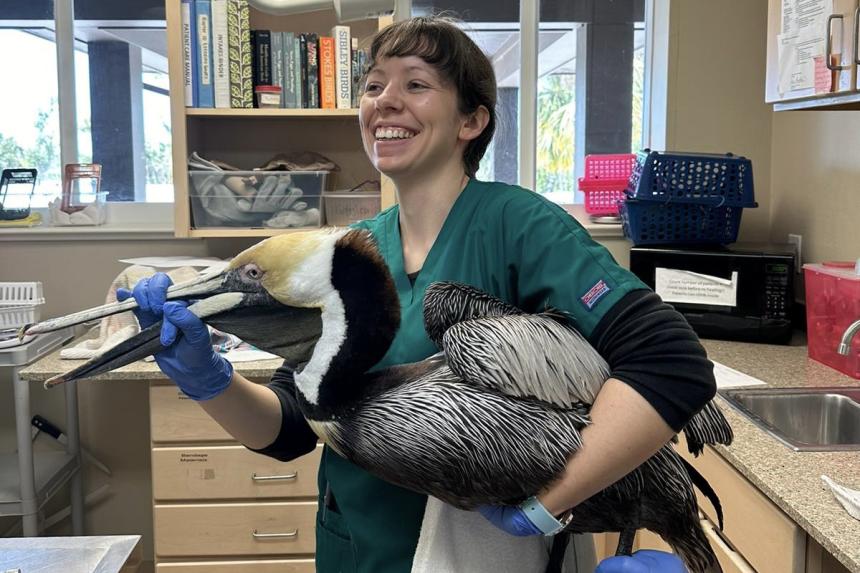
September 12, 2024
I have always been passionate about wildlife conservation and have been pursuing that career path throughout my veterinary studies. I have used most of my school breaks to go abroad and gain clinical experiences working with a variety of endangered species (notably in South Africa, Costa Rica and my most recent trip to Namibia)....

Blog
September 11, 2024
I typically start my day by doing the NY Times puzzles to warm up my brain as I eat my breakfast. Then I head over to my desk by the window or into my office on campus to solve puzzles associated with wildlife health. My training in veterinary medicine and epidemiology and my eye for detail allow me to do a variety of tasks....
